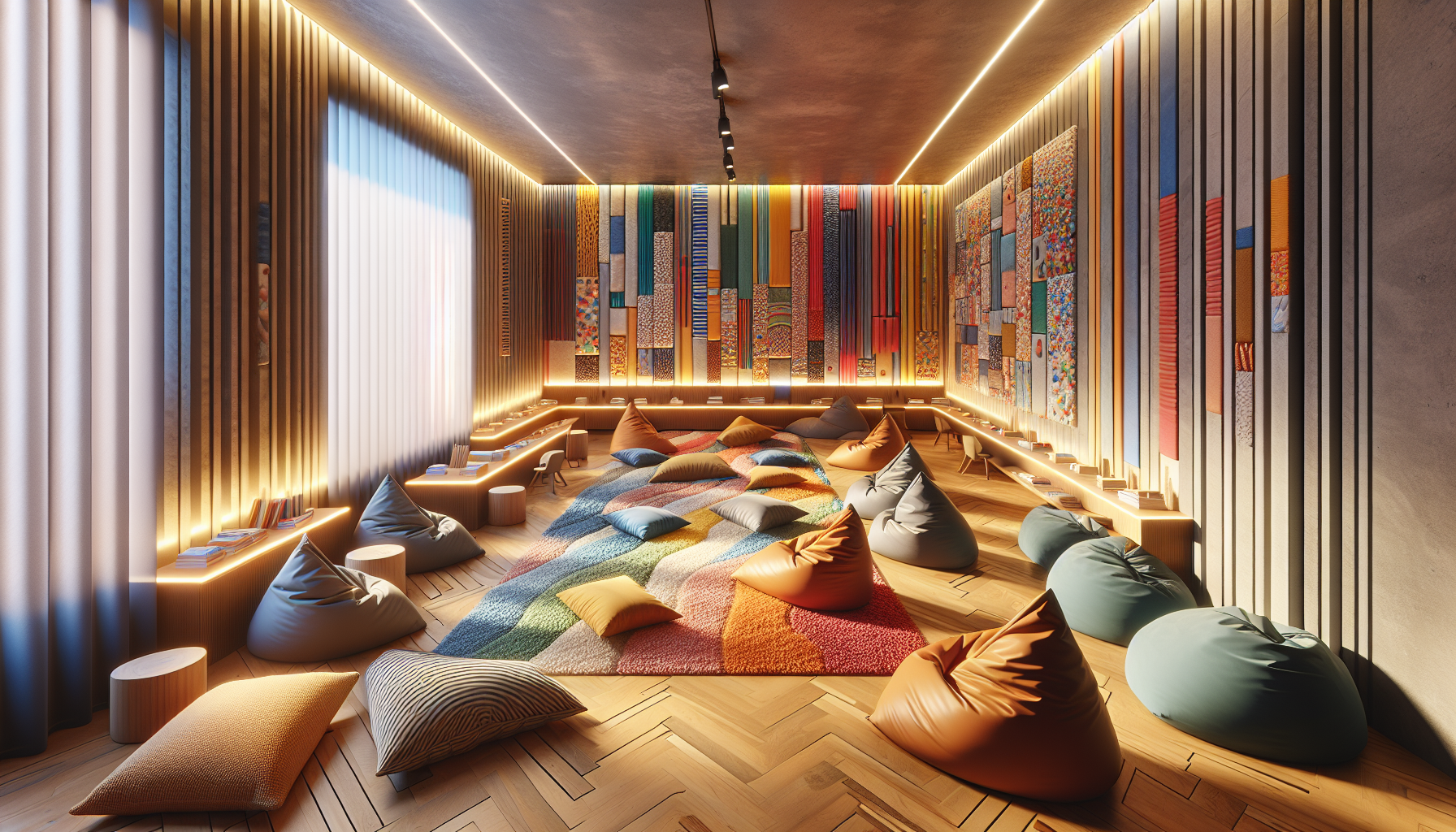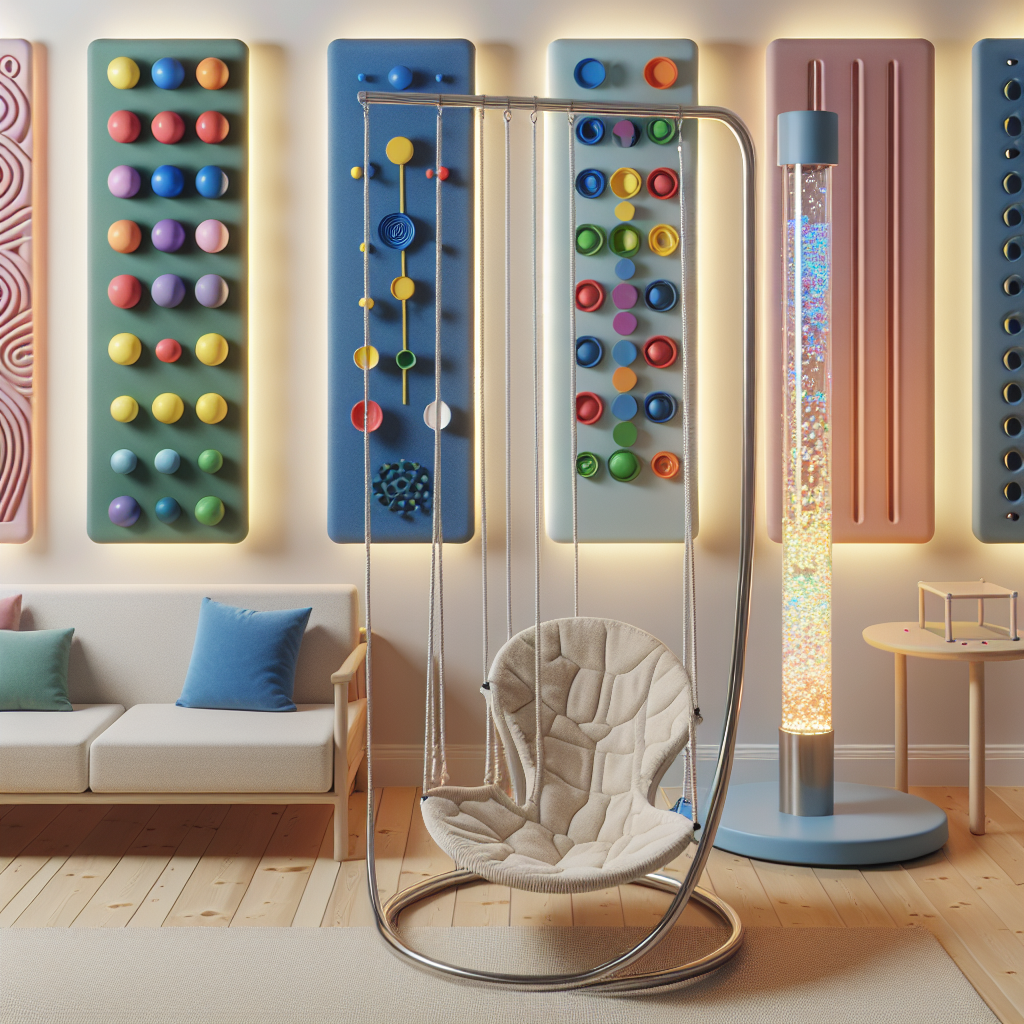Sensory rooms, once a rarity, have become an increasingly common feature in educational environments. Recognized for their potential to support diverse learning needs, particularly among students with sensory processing challenges, these dedicated spaces can offer a respite from the sensory-overload of typical classroom settings. Their design is pivotal—not only in providing immediate sensory relief but also in enhancing long-term educational outcomes. In this comprehensive exploration, we will delve into the essential considerations for creating effective sensory rooms that cater to the nuanced demands of sensory health within educational contexts.
Understanding the Foundation of Sensory Rooms
A sensory room is a tailored environment designed to facilitate controlled sensory experiences. These rooms can provide comfort, support sensory integration, and promote cognitive development. They cater to individuals with sensory processing disorders, autism, ADHD, and other neurological differences, but they can also benefit the broader student population by offering a space to recalibrate and refocus.
The principle behind sensory rooms aligns closely with the broader field of sensory health, as they both emphasize the importance of managing sensory input to maintain overall well-being. Sensory health involves understanding how our bodies process and respond to sensory information and tailoring our environments and activities to support this processing. This concept is integral to the development of sensory rooms, as it guides the choice of stimuli that will be included in the space.
Designing the Sensory Space
When designing a sensory room, several critical factors must be considered to ensure the space meets the needs of its users effectively:
1. Purpose and Goals
Establishing clear objectives for the sensory room is crucial. Will it primarily serve students with specific sensory needs, or is it intended as a universal space for all students to manage stress and emotions? Clarifying the room’s purpose will guide every subsequent decision, from the choice of equipment to the rules of use.
2. Sensory Integration
To support sensory integration, the room should offer a variety of equipment and activities that target different senses, such as tactile, vestibular, and proprioceptive experiences. This can include soft play areas, swings, weighted blankets, and textured materials. The aim is to facilitate the development of sensory processing abilities and support emotional regulation.
3. Personalization and Flexibility
Each child has unique sensory preferences and aversions. A well-designed sensory room should offer flexibility to accommodate these individual needs, allowing for personalization of sensory experiences. Modular elements and adjustable lighting or sound levels can make the space welcoming for all users.
4. Safety and Accessibility
Safety is paramount in a sensory room. All materials and equipment should be non-toxic, durable, and free of sharp edges. The room should also be accessible to students with physical disabilities, ensuring that every child can benefit from the sensory experiences it offers.
5. Professional Input
Collaborating with occupational therapists and other professionals specializing in sensory processing can inform the design of the space, ensuring it aligns with therapeutic goals and best practices. These experts can provide valuable insights into the types of equipment and activities that will be most beneficial.
Integrating Sensory Rooms into the Educational Fabric
For a sensory room to be truly effective, it must be seamlessly integrated into the school’s educational framework. This integration involves training staff on the purpose and proper use of the sensory room, as well as incorporating sensory breaks into the school schedule. It also includes educating peers about sensory processing differences, fostering an inclusive school culture.
Measuring the Impact of Sensory Rooms
To understand the value of sensory rooms, it is important to measure their impact. This can be done through qualitative assessments, such as teacher observations and student feedback, as well as quantitative methods like tracking changes in behavior or academic performance. By evaluating the effectiveness of the sensory room, schools can make data-driven adjustments to enhance its benefits.
External Resources for Deeper Insight
For those seeking to deepen their understanding of sensory room development and its impact on education, several niche resources can provide valuable information:
- The STAR Institute offers comprehensive insights into sensory processing disorder and strategies for creating effective sensory-friendly environments.
- The American Occupational Therapy Association provides guidelines for occupational therapy in schools, which can aid in the design and utilization of sensory rooms.
- The International Journal of Special Education publishes research on various aspects of special education, including studies on the effectiveness of sensory rooms.
These resources can serve as a foundation for a robust approach to sensory room development and offer evidence-based practices to ensure these spaces are both beneficial and inclusive.
Broadening the Scope: Sensory Rooms Beyond the School Setting
The concept of sensory rooms extends beyond educational settings. They can be found in various environments, including healthcare facilities, community centers, and even airports. For example, sensory rooms in healthcare settings can aid in anxiety management for patients before procedures, while those in community centers can provide inclusive spaces for individuals with sensory sensitivities to engage with their community.
Conclusion
Sensory rooms are a significant addition to educational settings, offering unique benefits for students with sensory processing challenges and creating a more inclusive school environment. By considering the critical elements of sensory room development and integrating these spaces into the fabric of education, schools can support diverse learning needs and promote overall sensory health. With thoughtful design and ongoing evaluation, sensory rooms have the potential to transform educational experiences for many students, laying the groundwork for success both in and out of the classroom.



